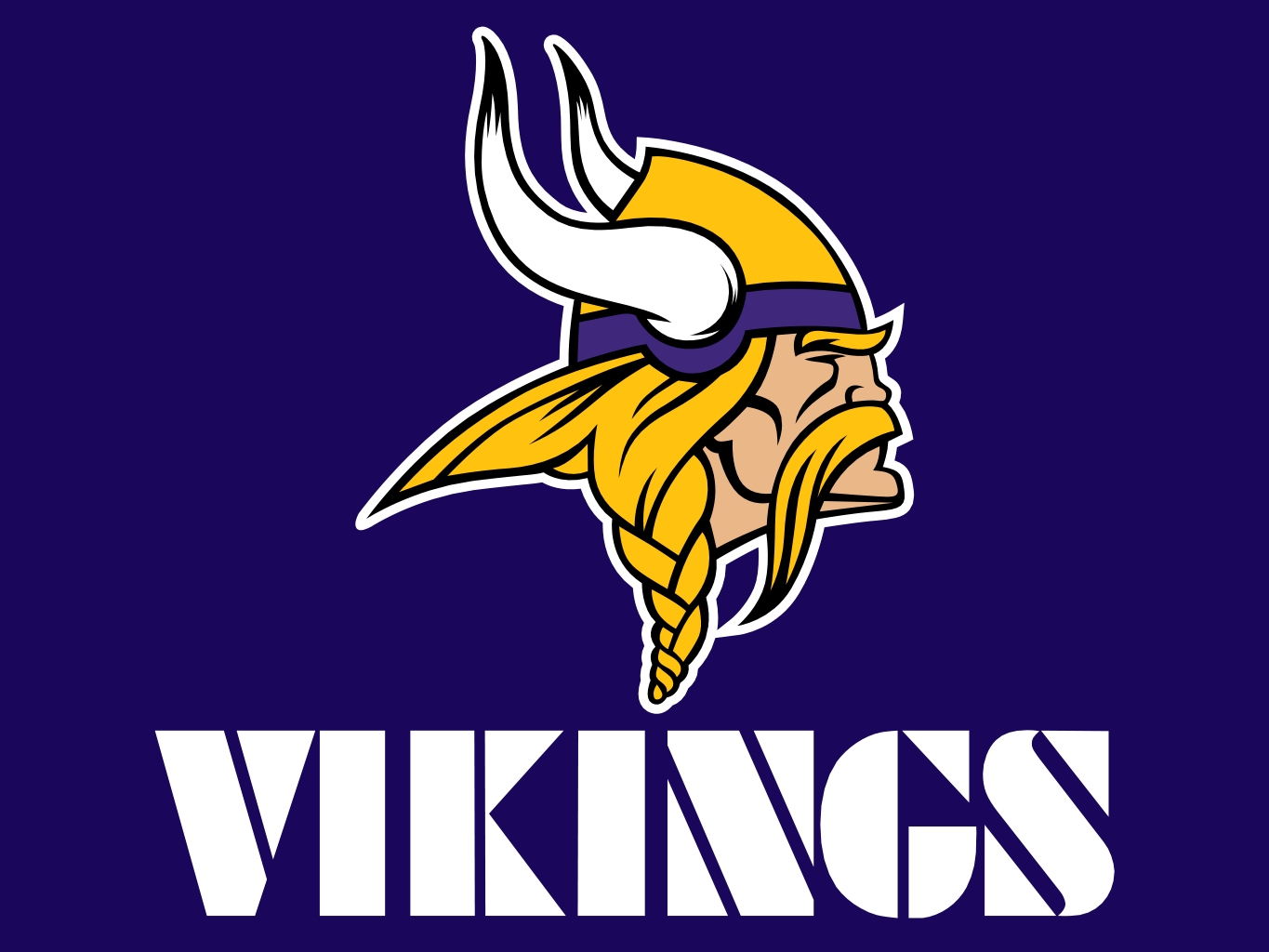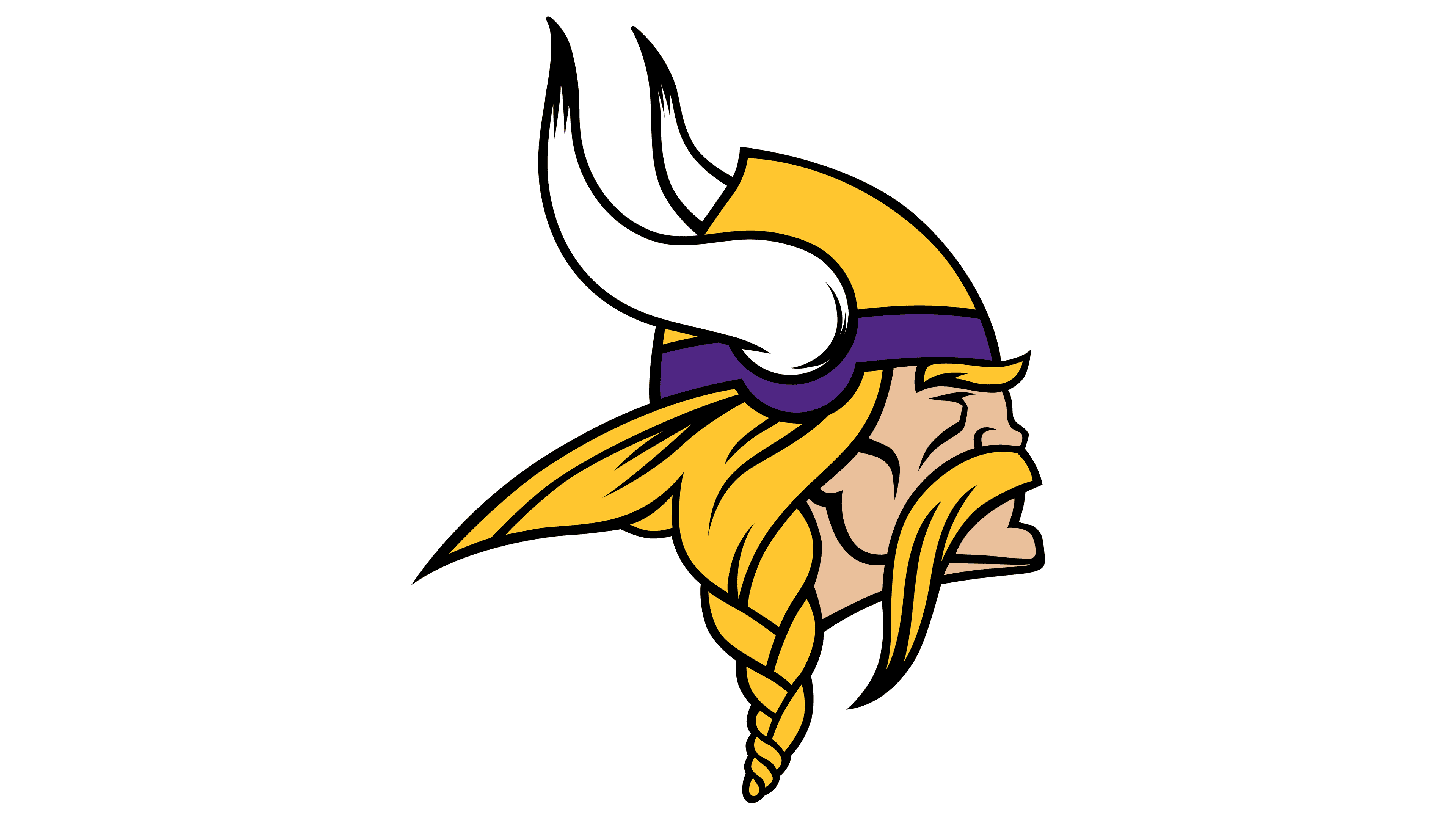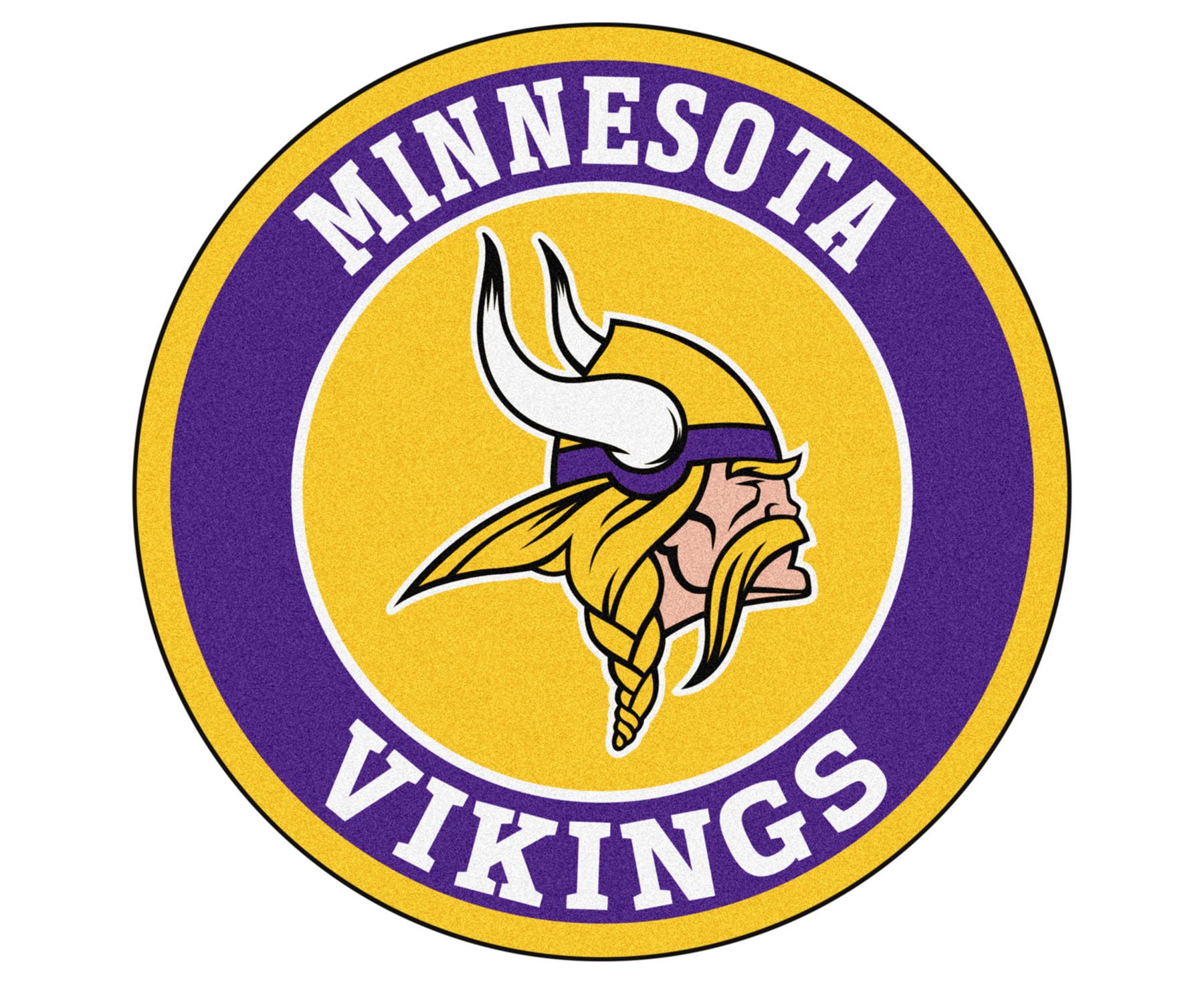History and Legacy: Minnesota Vikings

The Minnesota Vikings, a team with a rich history and passionate fan base, have become a cornerstone of the NFL landscape. Their journey, marked by both triumph and adversity, has cemented their place among the league’s most storied franchises.
Founding and Early Years
The Minnesota Vikings were born in 1960 as an expansion team in the newly formed American Football League (AFL). The team’s name, a nod to the state’s Scandinavian heritage, was chosen through a fan contest. The Vikings played their home games at Metropolitan Stadium in Bloomington, Minnesota, and quickly captured the hearts of fans with their exciting brand of football.
The Fran Tarkenton Era
The Vikings’ early success was largely due to the arrival of quarterback Fran Tarkenton in 1961. Tarkenton, a dynamic and innovative player, revolutionized the quarterback position with his ability to run and pass effectively. He led the Vikings to their first AFL Championship in 1969, and his legacy as a franchise icon remains firmly entrenched.
The Purple People Eaters
During the 1970s, the Vikings boasted one of the most dominant defenses in NFL history. The “Purple People Eaters,” a fearsome defensive line comprised of Jim Marshall, Carl Eller, Gary Larsen, and Alan Page, wreaked havoc on opposing offenses. This formidable unit helped the Vikings reach four Super Bowls in a seven-year span (1970, 1973, 1974, 1976), though they fell short of victory each time.
The Super Bowl Appearances
The Vikings’ four Super Bowl appearances represent the pinnacle of their success. In Super Bowl IV (1970), they lost to the Kansas City Chiefs 23-7. Super Bowl VIII (1974) saw them fall to the Miami Dolphins 24-7. Super Bowl IX (1975) saw them lose to the Pittsburgh Steelers 16-6. Finally, in Super Bowl XI (1977), they lost to the Oakland Raiders 32-14. Despite these losses, the Vikings established themselves as a perennial contender and a team that could compete for championships.
The Modern Era
The Vikings have continued to be a competitive team in the modern era. The 1990s saw them reach the NFC Championship Game in 1998, while the 2000s saw them return to the playoffs on several occasions. Notable players from this era include Randall Cunningham, Daunte Culpepper, and Adrian Peterson.
Memorable Games
The Vikings have been involved in numerous memorable games throughout their history. One such game was the “Miracle at the Met,” a 1980 playoff game against the Oakland Raiders. With time expiring, Vikings kicker Rick Spielman kicked a 48-yard field goal as time expired to send the game into overtime. The Vikings ultimately won the game in overtime, 14-12.
Legendary Players
The Vikings have been fortunate to have a roster of legendary players throughout their history. In addition to Tarkenton and the Purple People Eaters, other notable players include:
- Walter Payton: A Hall of Fame running back who played for the Chicago Bears, but is remembered for a 1977 game against the Vikings in which he rushed for 275 yards, a then-NFL record.
- Cris Carter: A Hall of Fame wide receiver who holds the Vikings’ franchise record for receptions and receiving yards.
- Randy Moss: A Hall of Fame wide receiver who holds the Vikings’ franchise record for receiving touchdowns.
Legendary Coaches
The Vikings have also been guided by a number of legendary coaches, including:
- Bud Grant: The longest-tenured coach in Vikings history, Grant led the team to four Super Bowls and is considered one of the greatest coaches in NFL history.
- Dennis Green: A charismatic and successful coach, Green led the Vikings to the NFC Championship Game in 1998.
Team Identity and Culture

The Minnesota Vikings’ identity and culture are deeply rooted in their unique color scheme, iconic mascot, and passionate fan base. These elements contribute to the team’s distinctive character and have played a significant role in shaping the Vikings’ legacy.
The Purple and Gold Color Scheme, Minnesota vikings
The Vikings’ color scheme of purple and gold is instantly recognizable and has become synonymous with the team. This color combination has a rich history and symbolism, further solidifying the Vikings’ unique identity.
- Royal Significance: Purple and gold have long been associated with royalty and power, evoking images of ancient kings and emperors. The Vikings adopted these colors to represent their ambition and aspirations for greatness on the field.
- Minnesota’s Landscape: The purple color is often associated with Minnesota’s beautiful sunsets and the vibrant hues of fall foliage. The gold represents the state’s vast fields of wheat and the warmth of its people.
- Uniqueness and Distinctiveness: In the NFL, the Vikings’ color scheme stands out from the crowd, making them easily identifiable and adding to their overall brand identity.
The Norseman Mascot
The Vikings’ mascot, the “Norseman,” is a powerful and imposing figure that embodies the team’s spirit and connection to Minnesota’s history. The Norseman’s design and symbolism pay homage to the state’s Scandinavian heritage and the Viking explorers who once sailed these waters.
- Scandinavian Heritage: Minnesota has a strong Scandinavian heritage, with a significant population of Swedish, Norwegian, and Danish descent. The Norseman mascot is a direct nod to this heritage, representing the Vikings’ connection to their roots.
- Viking Explorers: The Vikings were renowned explorers and warriors, known for their bravery and resilience. The Norseman mascot embodies these qualities, inspiring the Vikings and their fans to strive for greatness.
- Powerful Symbol: The Norseman’s imposing stature and fierce expression symbolize the Vikings’ strength, determination, and unwavering spirit. This image has become a powerful symbol for the team and its fans.
The Vikings’ Fan Base
The Minnesota Vikings boast one of the most passionate and dedicated fan bases in the NFL. The “Skol” chant and the “Purple People Eaters” defense are just two examples of the unique characteristics that define the Vikings’ fan experience.
- The “Skol” Chant: The “Skol” chant is a rallying cry that has become synonymous with Vikings games. This chant, which translates to “cheers” in Swedish, is a powerful display of fan unity and enthusiasm.
- The “Purple People Eaters” Defense: In the 1960s and 1970s, the Vikings’ defense was known as the “Purple People Eaters” for its fearsome reputation and dominance on the field. This moniker has become a legendary part of Vikings history and continues to inspire fans today.
- Loyal and Dedicated: Vikings fans are known for their unwavering loyalty and dedication to the team. They support the Vikings through thick and thin, creating a passionate and electric atmosphere at every game.
Current Roster and Prospects

The Minnesota Vikings possess a roster with a blend of established veterans and promising young talent, showcasing potential for both immediate and long-term success. A thorough analysis of the team’s strengths and weaknesses reveals a solid foundation for the upcoming season, with areas for improvement that will be crucial for achieving their goals.
Offensive Strengths and Weaknesses
The Vikings’ offensive strength lies in their dynamic quarterback, Kirk Cousins, who has consistently demonstrated his ability to lead the offense. He is supported by a talented receiving corps, including Justin Jefferson, who is considered one of the league’s top wide receivers. However, the offensive line has been a point of concern, as inconsistent performance can disrupt the rhythm of the offense and expose Cousins to pressure. The Vikings will need to address the offensive line’s consistency to maximize their offensive potential.
Defensive Strengths and Weaknesses
The Vikings’ defense is a strong unit with a mix of veteran leadership and young talent. The defensive line, led by Danielle Hunter and Dalvin Tomlinson, is a force to be reckoned with, capable of generating pressure on opposing quarterbacks. The secondary, featuring Patrick Peterson and Harrison Smith, possesses the experience and talent to shut down opposing offenses. However, the linebacking corps could benefit from additional depth and experience, which will be crucial for containing opposing rushing attacks.
Future Prospects and Potential for Success
The Vikings’ future prospects are bright, with a strong core of young players poised for breakout seasons. The emergence of players like Jefferson and tight end Irv Smith Jr. adds another dimension to the offense, while defensive players like Eric Kendricks and Anthony Barr continue to anchor the defense. The team’s recent draft picks have injected talent and potential into the roster, further solidifying their long-term outlook. The Vikings’ success in the upcoming season will hinge on the development of these young players and the continued improvement of the offensive line.
The Minnesota Vikings are known for their fierce defense, and sometimes those fierce tackles can lead to injuries. A torn meniscus is a common injury among athletes, and it can be a real setback. If you’re a Viking fan worried about a player with a torn meniscus, don’t fret! There are effective treatments and recovery plans, like the ones outlined on this helpful website: torn meniscus recovery.
With proper care, those Vikings players can be back on the field in no time, ready to roar again!
The Minnesota Vikings are looking to make a big splash this season, and a healthy JJ McCarthy is crucial to their success. It’s good news for Vikings fans that McCarthy is on track to recover from his recent knee surgery , and is expected to be ready for training camp.
With McCarthy back in the lineup, the Vikings have a real chance to make a deep run in the playoffs.
